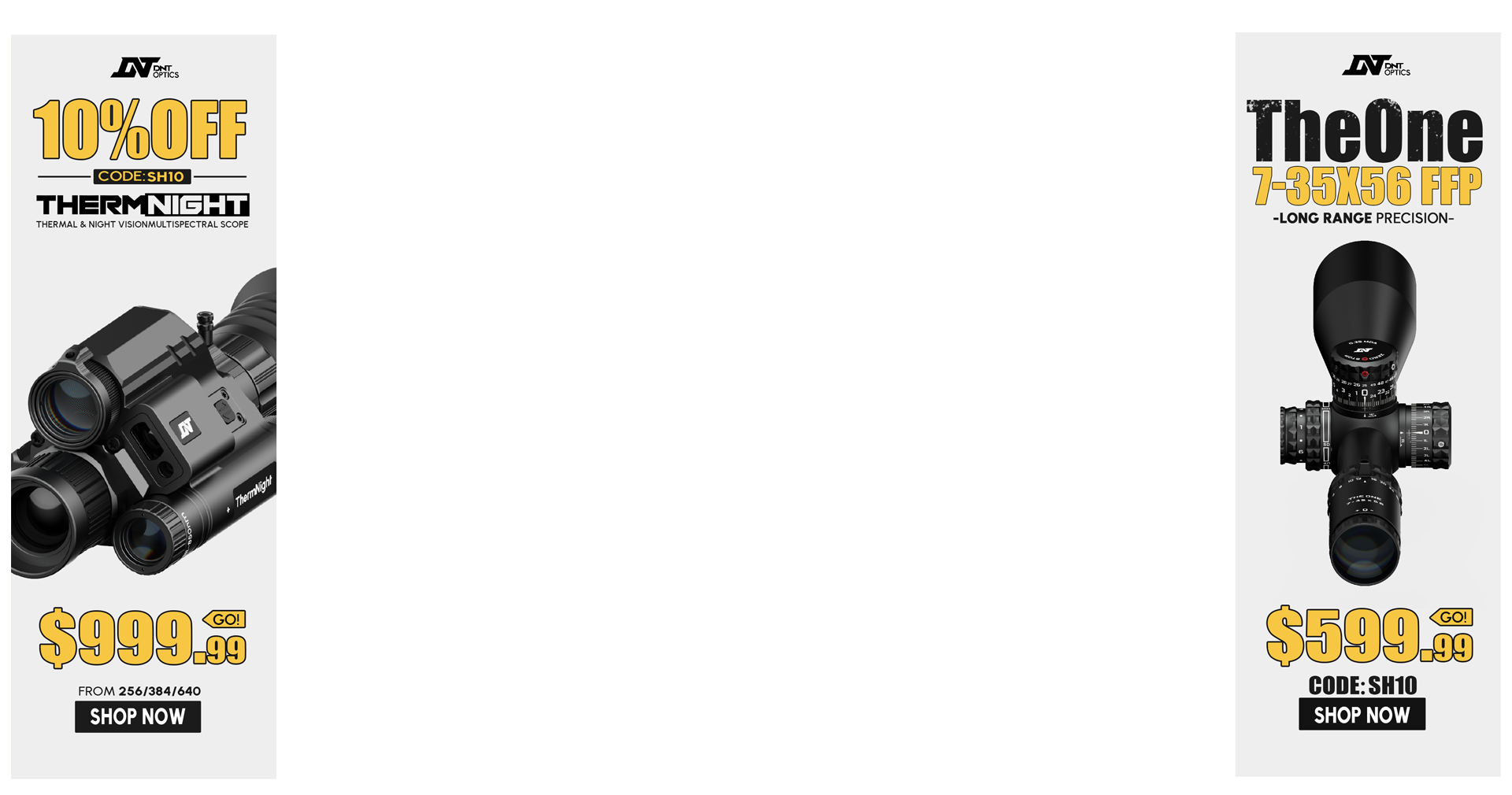Re: Key to accuracy?
<div class="ubbcode-block"><div class="ubbcode-header">Originally Posted By: Snipedogg</div><div class="ubbcode-body">Haha, well now I hit submit and see what your talking about lol. Good luck in a better design than what is already out. You could modify based on what already exists but at what expense are you looking at compared to performance you gain? You could design something new but chances are it won't perform any better than what already exists </div></div>
This^^
My advice is not to undergo the project if your objective is to make a marked improvement over what already exists. Undergo only if you'll enjoy the process of a DIY project that costs more to achieve the same result as just buying one already made.
That said, here are my thoughts on how to build a different mouse trap:
1. More lugs. It surprises me that I haven't seen a bolt-action gun with a bolt head like an AR. Provided you achieve even/shared lug contact amongst all lugs, this provides great accuracy, and requires much less bolt rotation. Obviously the tradeoff is manufacturing difficulty. The idea of MORE SMALLER lugs rather than LESS BIGGER lugs has certainly been done... Steyr SSGs have 2 or 3 rows of little lugs that lock into the rear ring of the receiver. Seems to work, although it seems to me like the length/diameter ratio of the bolt would be long enough to incur some buckling moments, which are tricky to engineer for. Also, the old pump action/semi auto Remington hunting rifles use MORE SMALLER lugs. They lock up almost like a course, interrupted ACME thread. The bolt locks up in a "screwing in" type fashion.
2. Longer receiver front ring, to allow the barrel to engage deeper into the receiver. This is not *needed*, as steel threads achieve maximum strength at ~1x thread diameter. Nonetheless, it would make everyone feel good to have more threads/more engagement.
3. Heavier wall-thickness receiver. Tradeoff = weight. Been done before, common practice to "sleeve" Remingtons. Don't think it really helps much anyway.
4. Minimum sized ejection port...same as how the Savage target action has made the ejection port smaller to stiffen the action. The TRGs also have a minimalist port. Others do too, I'm sure. This is simple/obvious engineering. Tradeoff is ease of loading/unloading a BDL, and reaching your finger in there to "press check" or clean/swab etc etc.
5. More footprint on the bottom of the action to allow for more bedding area
6. Built-in pillars - this would be terribly impractical (for a bunch of reasons) for a production type gun, but for a custom, it guarantees alignment and squareness and more rigidity.
7. Integral rail like a Surgeon. Stiffer/stronger/more elegant
8. More meat for the locking lugs in the action itself, particularly the bottom lugs, which also serve double duty as the feedramp.
9. Metallurgy/materials/treatments - if you're not balling on a budget, there are some frickin' AWESOME materials out there! Check out AllVac C350 for example! $100/lb though so it aint cheap. Titanium is also a neat material with some great properties, although not terribly stiff. A helluva stiff/strong action could be made from composites like CF/Kevlar.
10. Clamp-in barrel instead of threaded-in barrel, like a Sig STR rifle. It is easier to turn/grind metal to a precision diameter than to achieve a precision pitch diameter, and to simply "slip the barrel" into the end of the receiever, and then clamp it in. This also makes a switch barrel setup a lot easier.
11. LOW travel firing pin. The less distance a firing pin needs to move, is only better for lock time and aids the shooters ability to remain on target during the firing event. Afterall, the firing pin really only needs to move ~.065" or so to be able to be totally out of the chamber when cocked, and to achieve ~.055" protrusion for ignition.
12. Non-sprung ejector, like a mauser/winchester/others. Theory is you don't have a spring trying to "cock" the cartridge off to the side when chambered. Many don't like the mauser/winchester design, because there is a clearance slot cut into the bolt head for the ejector blade to pop up into. With some creativity, I'm sure this could be avoided.
13. Floating bolt head - seems to work out pretty well for Savage, Bighorn and the new Reminginton MSR-AV-TTR-GLR-LTV (or whatever the hell that thing is).
I'll stop now...
I'd like to recant the impracticality of this excercise. Fun perhaps, but completely impractical and highly unlikely to realize any measurable improvement over what is already available. As has been proven countless times, any old factory action can shoot pretty frickin nice out of the box. The OEM design is pretty good! All it really needs is someone to be careful during the manufacture to keep everything square and true and the correct dimensions....oh yeah....that's already done.....by a whole host of different companies. It's incredible what you get from Surgeon (et al) for ~$1000. Good luck competing with that!

